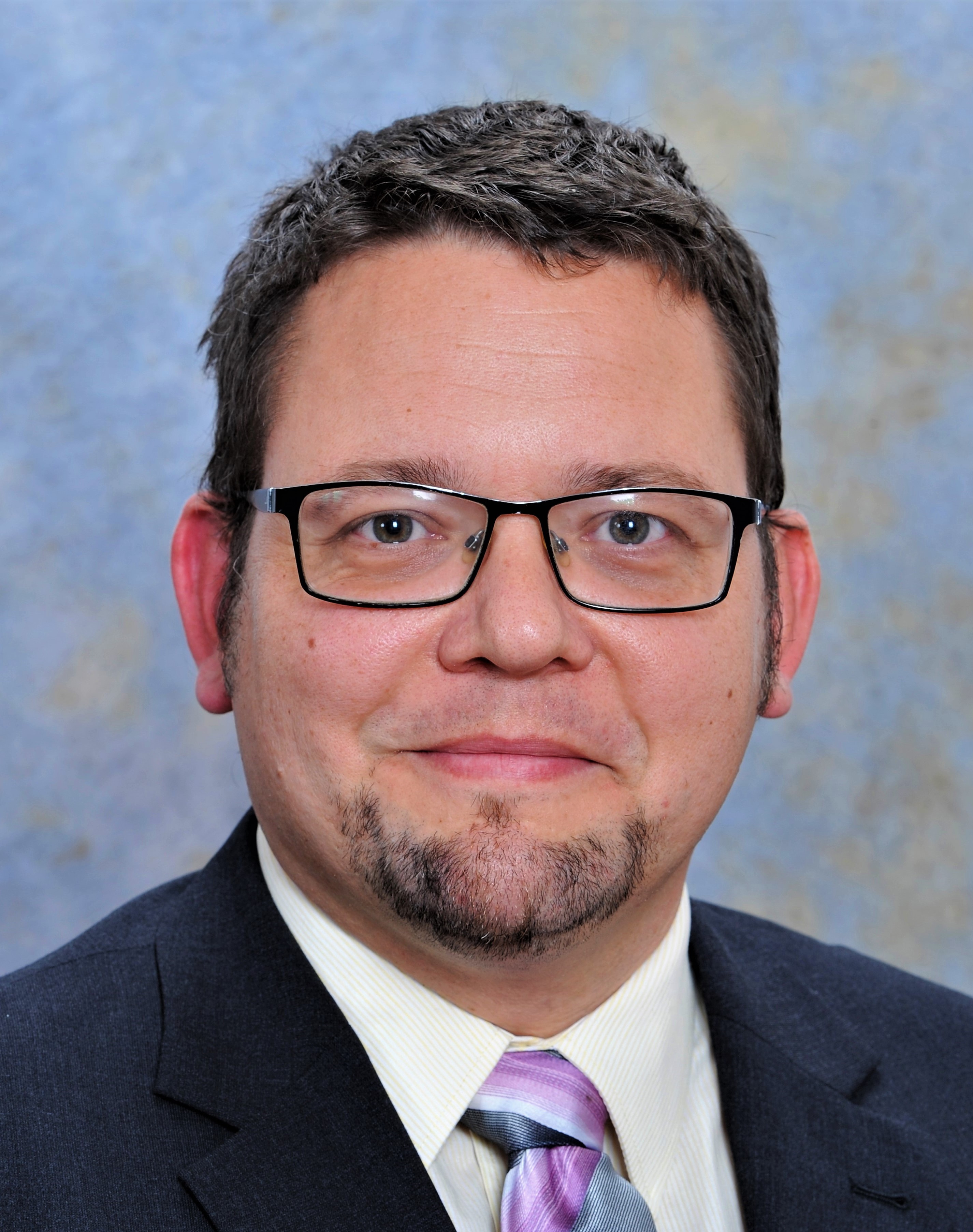Dr. István Szabó - MATE Research
Overview
István Szabó is the head of Department of Ecotoxicology of the Institute of Aquaculture and Environmental Safety.
His research focuses on environmental microbiology, connections between microbial communities and environmental contaminants: biodegradation, biodetoxification, microbiomes of contaminated matrices, plastispheric communities. His expertise lies in isolation and identification of microbial strains, determination of microbial communities, monitoring of the changes of microbiomes.
Dr. Istvan Szabo work contributes to questions of how the bacterial community changes of the gut microbiome of insect feeding fish.
His theoretical work examines how bacterial community differ in gut microbiome in the case of normal and insect feeded fishes. His empirical work is assessed these theories in farmed fishes feeded naturaly and with insects.
Across his research, he uses state-of-the-art techniques such as new generation sequencing and their statistical analyses. He is able to produce the necessary amount of insect feed for laboratory tests.
He has authored and co-authored more than 40 research articles in high-impact scientific journals.
Dr. Szabó has collaborated with 4 research groups across Europe, and he has successfully applied for a Horizon Europe research grant, and several national projects.
Research keywords:
Publications
István Szabó, Jafar Al-Omari, Agnieszka Dąbrowska, Soma Gábor Szerdahelyi, Rózsa Sebők, Gyula Szabó, Adrienn Micsinai, Edit Kaszab, Sándor Szoboszlay, Balázs Kriszt (2024): Long-term study of the bacterial colonization of polypropylene microplastics in a freshwater lake by optical and molecular methods, Journal of Molecular Liquids, Volume 393, 123637, https://doi.org/10.1016/j.molliq.2023.123637
Kaszab, E., Farkas, M., Radó, J., Micsinai, A., Nyírő-Fekete, B., Szabó, I., Kriszt, B., Urbányi, B., Szoboszlay, S. (2022). Novel members of bacterial community during a short-term chilled storage of common carp (Cyprinus carpio). Folia Microbiol 67, 299–310 https://doi.org/10.1007/s12223-021-00935-4
Szabó, I., Al-Omari, J., Szerdahelyi, G.S. et al. (2021): In Situ Investigation of Plastic-Associated Bacterial Communities in a Freshwater Lake of Hungary. Water Air Soil Pollut 232, 493 https://doi.org/10.1007/s11270-021-05445-0
Jafar Al-Omari, István Szabó, Gábor Soma Szerdahelyi, Júlia Radó, Edit Kaszab, Jeffrey Griffitts, András Táncsics, and Sándor Szoboszlay (2020): Parvularcula mediterranea sp. nov., isolated from marine plastic debris from Zakynthos Island, Greece Int J Syst Evol Microbiol, https://doi.org/10.1099/ijsem.0.004608
Péter Harkai, István Szabó, Mátyás Cserháti, Csilla Krifaton, Anita Risa, Júlia Radó, Adrienn Balázs, Kinga Berta, Balázs Kriszt (2016): Biodegradation of aflatoxin-B1 and zearalenone by Streptomyces sp. collection, International Biodeterioration & Biodegradation, 108, 48-56, https://doi.org/10.1016/j.ibiod.2015.12.007
Projects
REPurpose (Horizont Europe HopOn)
In the REPurpose project, local post-consumer waste is upcycled into new functional Recyclable Elastomeric Polymers (REP) destined for the high-value market of thermoplastic elastomers that today face recycling problems. New building blocks derived from biomass, or enzymatically degraded organic or plastic waste will be incorporated, giving REP polymers unique characteristics:
- tunable elastomeric properties avoiding the need for additives
- production, processing and recycling on existing equipment
- controllable degradation in different habitats
- unprecedented indefinite recycling, surpassing fossil carbon at each recycling stage
www.repurposeproject.eu
NKFIH project 2020-1.1.2-PIACI-KFI-2021-00239 (Eurofins)
Eurofins ASH (formerly WESSLING Hungary Ltd.) and the Hungarian University of Agriculture and Life Sciences has done a pioneering work with uncovering the first data on microplastics in Hungarian freshwater environments. The current consortium aims to repeat the same, but on two other pathways: air and wastewater. Microplastics in air are a somewhat uncovered research area, and the project aims to lead investigations on the highest health risk areas: indoor and working place air, with a special emphasis on the effects of burning of municipal waste in households. Waste treatment plants are fundamental sources of microplastics in freshwaters, though the environmental load can still be decreased and the fate of the sludge as an input to agriculture might be assessed before it enters the circular economy. Environmental risk is not presented directly by the microplastics but mediated by them – with adsorption of chemical substances (e.g.: pesticides, herbicides, antibiotics…), microbial colonisation and the interaction of these biological and chemical actors – can give rise to new types of hazards, like enhanced antimicrobial resistance.





